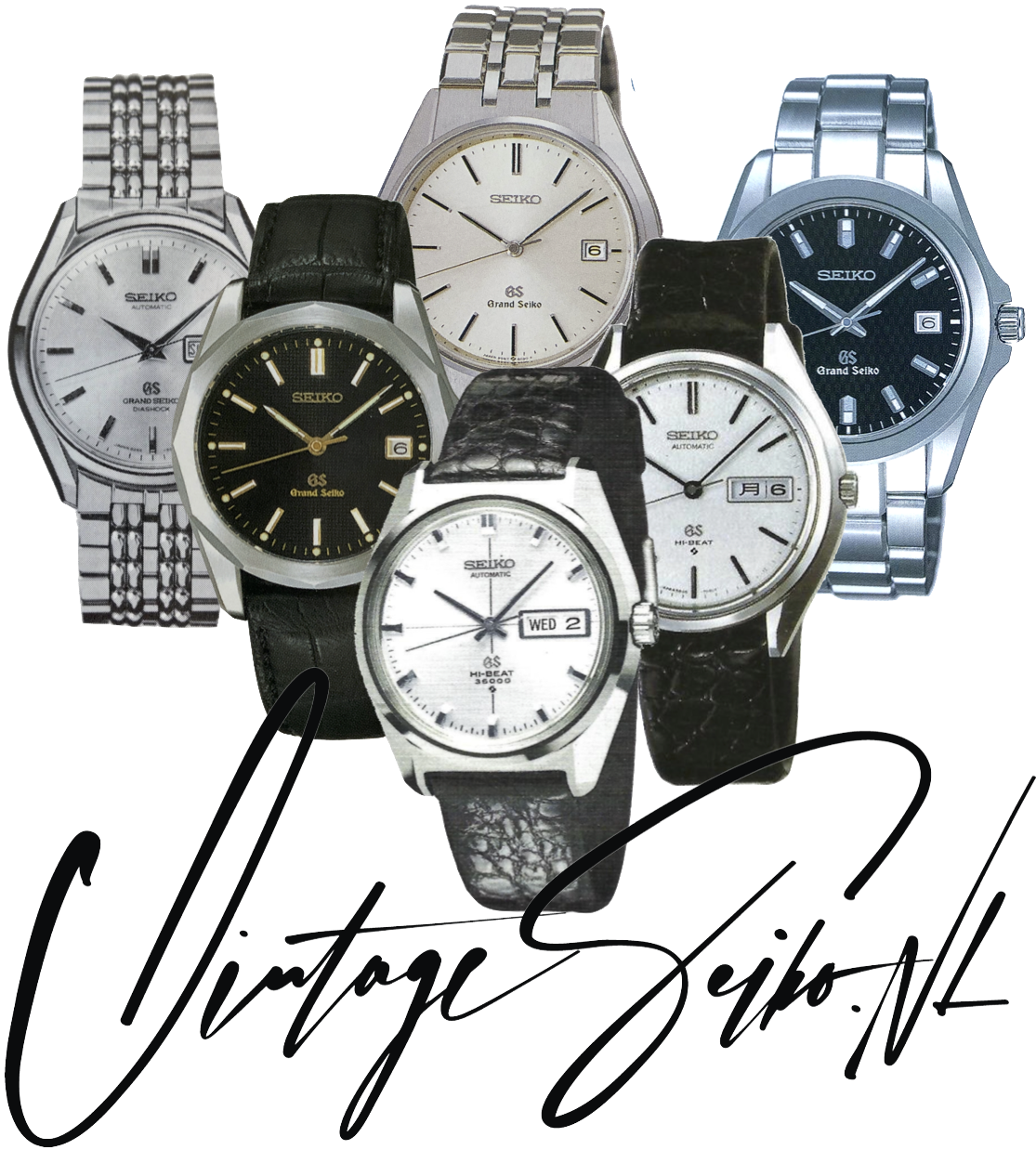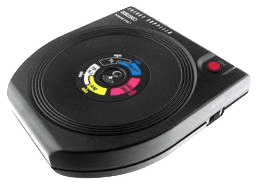Product watch tables in the shop are full of tech data, below you will find more on this explained.
Quartzes
Quartzes come in a variety of quality. One measures this not only looking at accuracy but also at features like thermo-compensation and the elimination of the seconds hand backlash - arguably two of the most important features.
There is a huge difference in the way these issues are handled by the large manufacturers. There are twin quartz movements, there is magnetic and other insulation applied, twin pulse motors used (to move the seconds hands two ticks every second to eliminate said backlash) etc..
Other features are more observable, the seconds hand hitting the markers precisely, instant day-date change at 12, independent minute hand adjustment for daylight savings - while the movement keeps on running to maintain accuracy - and the mundane stuff like hacking and quickset.
Kinetic or AGS
Kinetic or AGS (Automatic Generating System) by Seiko is a quartz watch that can be charged by the movement of your arm. The battery's charging capacity will usually last one or two decades.. At the shop we use the Seiko Kinetic Charger to ship any kinetic watch fully charged.. This charge can last depending on the quality of the battery from 2 days to 6 months. It is meant to be worn after all.
Mechanical watches - setting up a timegrapher
Even if you put your mechanical watch (featuring an escapement, balance wheel and such) flat on the timegrapher, what you'll want to know about your movement is the lift angle. This is the angle the balance passes through while interacting with the pallet fork. The reason you need to input this into the timegrapher is so that you can calculate the amplitude. Also, when you will twist the holding bar of the grapher to vertical or any other position, you will have the correct starting point.
Most modern watches have a lift angle of 52 degrees. Generally lift angles range from 44 to 58 degrees
BPH - use autodetect unless you are sure it is wrong.
On screen - understanding the results
When you have Lift Angle, Amplitude and BPH on screen, you may now want to know what to look for.
1) Standard Rate - How fast/slow the watch runs in seconds per day.
This is the most basic statistic and will at least let you know how accurate your watch is in the flat standard position. If your watch is COSC certified, in order to be in good health it needs to be running between -4 and +6 seconds per day. Otherwise it will depend somewhat on the watch, but with a few exceptions you should consider the following to be a good range of your movement's health. If it is wildly out of these ranges, you should bring it to a watchmaker to get it checked out.
- Excellent +/- 7 s/d
- Acceptable +/- 20 s/d
2) Amplitude - the amount of rotation in the swing of the balance wheel in either direction.
Amplitude is higher when a watch is lying flat and usually falls when the watch is in a vertical position, due to increased friction. Amplitude can also fall as the watch winds down and the mainspring delivers less power. This is why you should have your watch wound up to a medium tightness before testing.
Amplitude is indicative of the movements health, too high or too low, or too many changes in different positions, usually means a problem with the movement should be addressed.
- great : 270-310
- acceptable : 250-270
- Low : 100-250
Keep in mind that Japanese movements seem to have lower amplitude than Swiss. Seiko will rarely go above 285 or so looking at the best GS vintage and medium tier 4R36 and 6R15 movements. With that in mind:
- Great : 250-285
- Acceptable : 185-250
- Low : 155-185
3) Beat Error
How equal each swing of the balance wheel oscillation is.
- Excellent : 0.0 - 0.5 milliseconds
- Acceptable : 0.6 - 1 milliseconds

